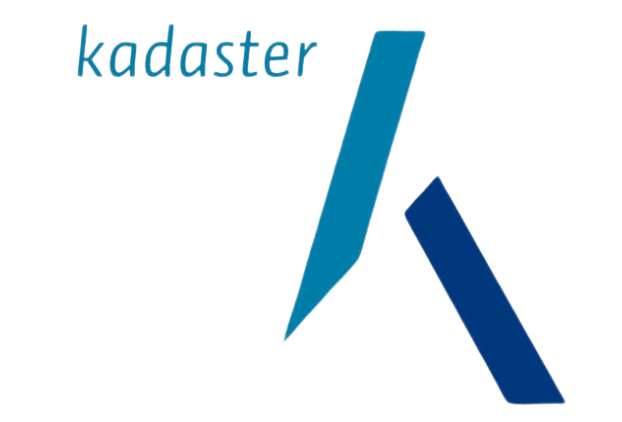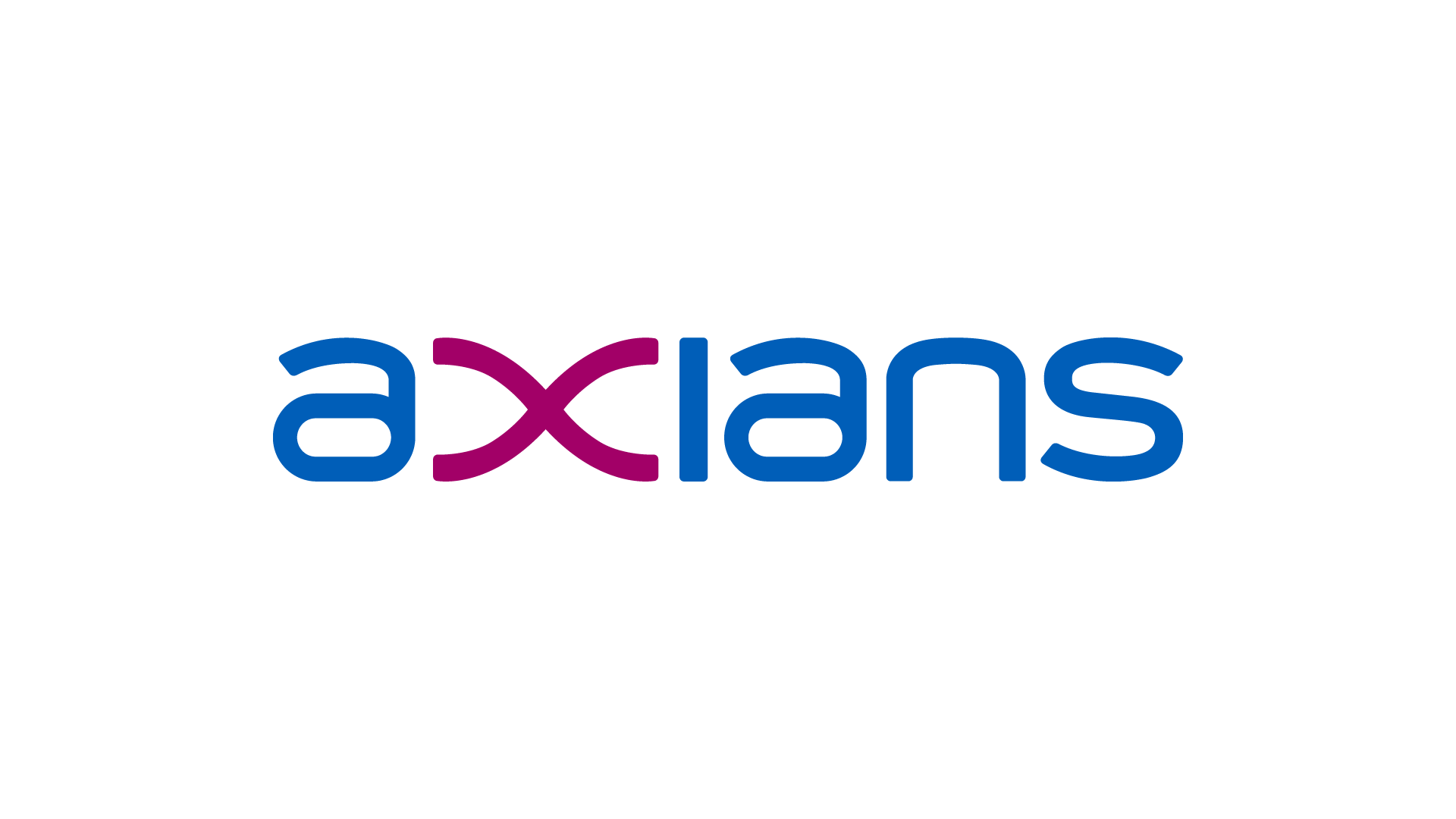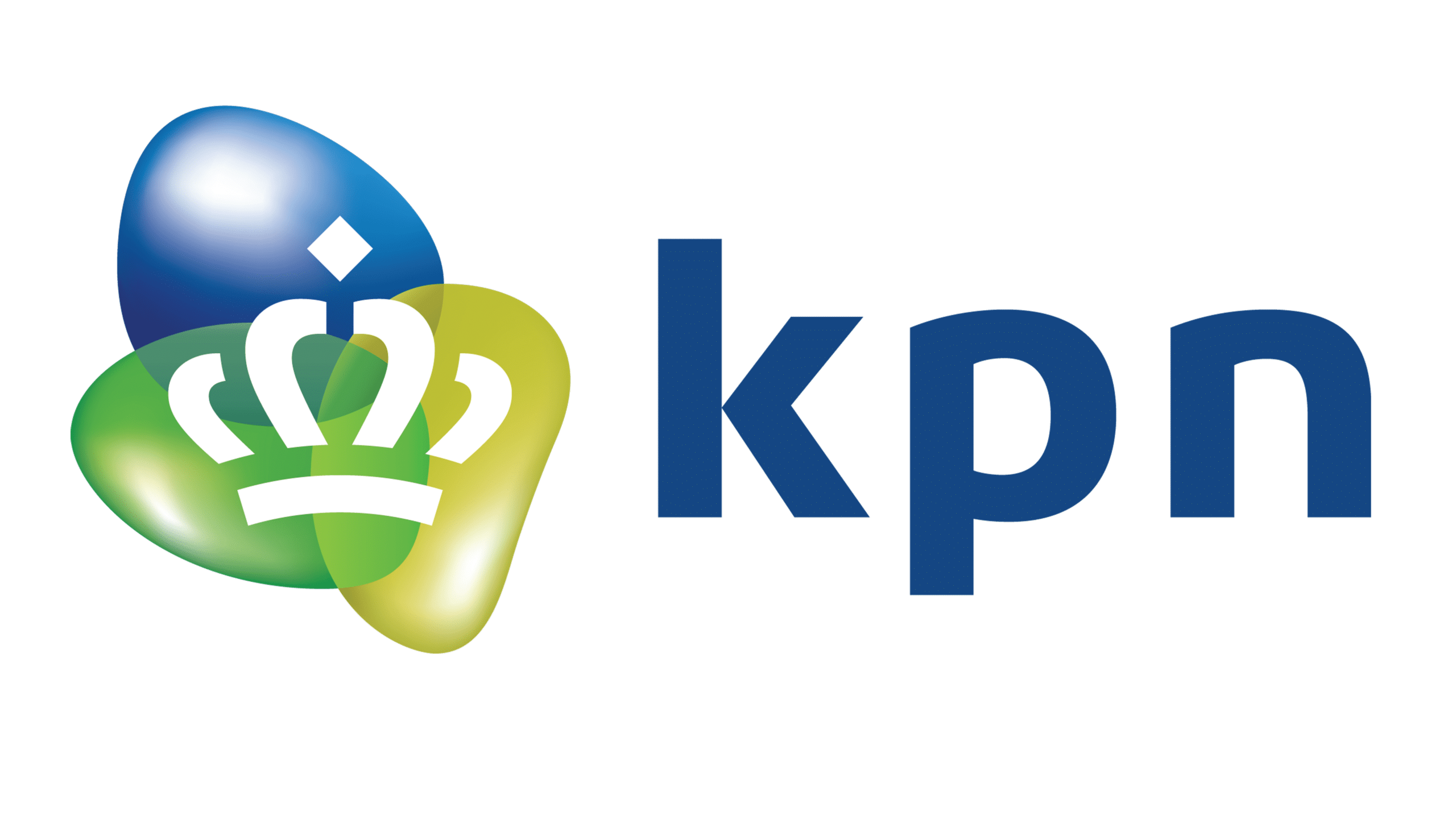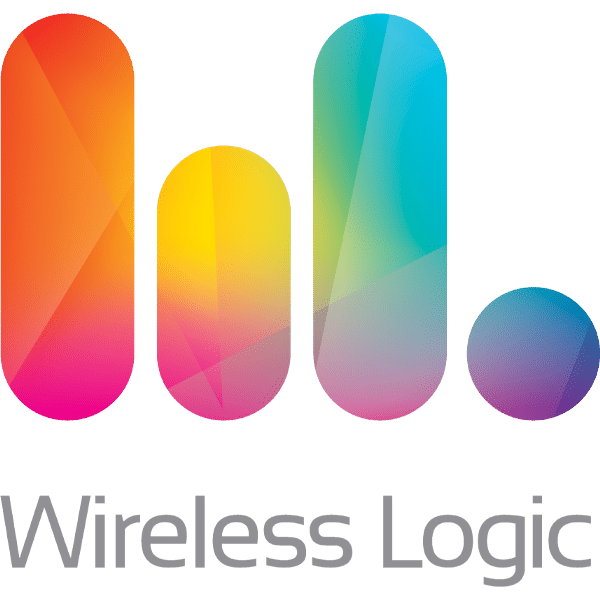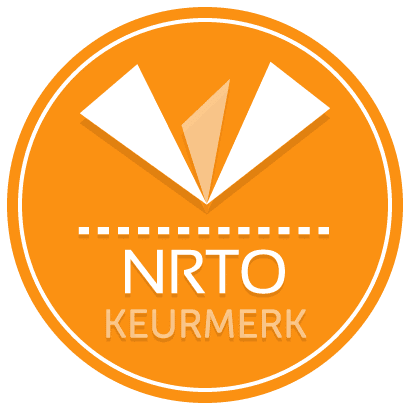Algemene omschrijving
The PL-300 E-Learning is entirely in English. As a Dutch IT training provider, we offer the information on this page in Dutch. At the bottom of the page, you will find a brief summary in English. The topics within the PL-300 E-Learning package itself are described in English.
Verkrijg een complete voorbereiding voor het werken met Power BI. De PL-300 E-Learning bestaat uit het PL-300 cursusmateriaal, een praktijkgerichte labomgeving, een MeasureUp oefenexamen en een PL-300 examenvoucher. Na aanschaf van de PL-300 E-Learning heb je maximaal 180 dagen toegang tot de labomgeving, inclusief virtuele machines en gedetailleerde labhandleidingen. Voor verlenging van toegang kan een persoonlijke tenant of abonnement vereist zijn.
Door de PL-300 E-Learning door te nemen, zul je leren hoe jij gegevens kunt modelleren, visualiseren en analyseren met behulp van Power BI, volledig afgestemd op zakelijke en technische vereisten. Daarnaast zul je ontdekken hoe jij data kunt verwerken vanuit verschillende bronnen, zowel relationeel als niet-relationeel, evenals hoe jij beveiligingsnormen en beleidsregels kunt implementeren binnen Power BI. Bovendien biedt de PL-300 E-Learning jou praktische inzichten in het beheren en distribueren van rapporten en dashboards. Zo leer je hoe jij Power BI effectief in kunt zetten om waardevolle inzichten te genereren en te delen binnen jouw organisatie.
De PL-300 E-Learning biedt een praktische leerervaring, ondersteund door een proefabonnement op Microsoft 365 (14 dagen geldig) en een uitgebreide labomgeving. Dankzij deze praktijkgerichte opzet kun je de opgedane kennis direct toepassen binnen een veilige, virtuele omgeving. De PL-300 E-Learning is perfect voor iedereen die zijn/haar kennis en vaardigheden op het gebied van data-analyse en rapportage wil verdiepen en tegelijkertijd de PL-300 certificering wil behalen.
Doelgroep
De PL-300 E-Learning is geschikt voor verschillende professionals en biedt waardevolle kennis en vaardigheden voor iedereen die met Power BI wil werken.
Dit betreft met name de volgende mensen
- Data-analisten die verantwoordelijk zijn voor het modelleren, visualiseren en analyseren van data om zakelijke inzichten te genereren.
- Business Intelligence (BI)-analisten die Power BI willen gebruiken voor het beheren en delen van rapporten en dashboards binnen hun organisatie.
- Mensen met technische kennis die zich willen verdiepen in dataverwerking en beveiligingsnormen binnen Power BI.
- Functioneel beheerders die datamodellen en -rapportages beheren en optimaliseren voor zakelijke toepassingen.
- Data-analisten die zich willen certificeren in Power BI.
- Besluitvormers binnen data-intensieve sectoren die inzicht willen krijgen in het effectief inzetten van Power BI, zoals:
- Financiën.
- Marketing.
- Supply chain.
- HR.
Wat is inbegrepen
De PL-300 E-Learning biedt jou een complete leerervaring en bevat alles wat je nodig hebt om je voor te bereiden op het werken met Power BI en het behalen van de PL-300 certificering.
Hier is een overzicht van de inhoud van de PL-300 E-Learning:
- PL-300 cursusmateriaal
- In het PL-300 cursusmateriaal worden de belangrijkste onderwerpen behandeld voor het werken met Power BI.
- Praktische labopdrachten
- Verkrijg 180 dagen lang toegang tot een praktische labomgeving, evenals lvirtuele machines en labhandleidingen.
- Proefabonnement op Microsoft 365
- Inclusief een proefabonnement op Microsoft 365 (14 dagen geldig). Voor verlenging is een persoonlijke tenant of abonnement mogelijk vereist.
- MeasureUp oefenexamen
- Toets jouw kennis en vaardigheden met het MeasureUp oefenexamen om je optimaal voor te bereiden op het PL-300 examen.
- PL-300 examenvoucher
- Leg het PL-300 examen af met de PL-300 examenvoucher.
Voorkennis
Om de PL-300 E-Learning zo goed mogelijk door te kunnen nemen en een succesvolle data-analist te worden, is het van belang dat je enige ervaring hebt met het werken met data die opgeslagen is binnen de cloud.
Wij adviseren om eerst de DP-900 E-Learning door te nemen, aangezien de DP-900 E-Learning jou een sterk uitgangspunt biedt.
Onderwerpen
Module 1: Get Started with Microsoft Data Analytics
This module explores the different roles in the data space, outlines the important roles and responsibilities of a Data Analysts, and then explores the landscape of the Power BI portfolio.
Lessons:
- Data Analytics and Microsoft.
- Getting Started with Power BI.
Lab: Getting Started in Power BI Desktop
After completing this module, students will be able to:
- Explore the different roles in data.
- Identify the tasks that are performed by a data analyst.
- Describe the Power BI landscape of products and services.
- Use the Power BI service.
Module 2: Prepare Data in Power BI
This module explores identifying and retrieving data from various data sources. You will also learn the options for connectivity and data storage and understand the difference and performance implications of connecting directly to data vs. importing it.
Lessons:
- Get data from various data sources.
Lab: Preparing Data in Power BI Desktop
After completing this module, students will be able to:
- Identify and retrieve data from different data sources.
- Understand the connection methods and their performance implications.
- Use Microsoft Dataverse.
- Connect to a data flow.
Module 3: Clean, Transform, and Load Data in Power BI
This module teaches you the process of profiling and understanding the condition of the data. They will learn how to identify anomalies, look at the size and shape of their data, and perform the proper data cleaning and transforming steps to prepare the data for loading into the model.
Lessons:
- Data shaping.
- Enhance the data structure.
- Data Profiling.
Lab: Transforming and Loading Data in Power BI Desktop
After completing this module, students will be able to:
- Apply data shape transformations.
- Enhance the structure of the data.
- Profile and examine the data.
Module 4: Design a Data Model in Power BI
This module teaches the fundamental concepts of designing and developing a data model for proper performance and scalability. This module will also help you understand and tackle many of the common data modeling issues, including relationships, security, and performance.
Lessons:
- Introduction to data modeling.
- Working with tables.
- Dimensions and Hierarchies.
Lab: Data Modeling in Power BI Desktop
- Create Model Relationships.
- Configure Tables.
- Review the model interface.
- Create Quick Measures.
Lab: Advanced Data Modeling in Power BI Desktop
- Configure many-to-many relationships.
- Enforce row-level security.
After completing this module, students will be able to:
- Understand the basics of data modeling.
- Define relationships and their cardinality.
- Implement Dimensions and Hierarchies.
- Create histograms and rankings.
Module 5: Create Model Calculations using DAX in Power BI
This module introduces you to the world of DAX and its true power for enhancing a model. You will learn about aggregations and the concepts of Measures, calculated columns and tables, and Time Intelligence functions to solve calculation and data analysis problems.
Lessons:
- Introduction to DAX.
- DAX context.
- Advanced DAX.
Lab: Advanced DAX in Power BI Desktop
- Use the CALCULATE() function to manipulate filter context.
- Use Time Intelligence functions.
Lab: Introduction to DAX in Power BI Desktop
- Create calculated tables.
- Create calculated columns.
- Create measures.
After completing this module, students will be able to:
- Understand DAX.
- Use DAX for simple formulas and expressions.
- Create calculated tables and measures.
- Build simple measures.
- Work with Time Intelligence and Key Performance Indicators.
Module 6: Optimize Model Performance in Power BI
In this module you are introduced to steps, processes, concepts, and data modeling best practices necessary to optimize a data model for enterprise-level performance.
Lessons:
- Optimze the model for performance.
- Optimize DirectQuery Models.
- Create and manage Aggregations.
After completing this module, students will be able to:
- Understand the importance of variables.
- Enhance the data model.
- Optimize the storage model.
- Implement aggregations.
Module 7: Create Reports in Power BI
This module introduces you to the fundamental concepts and principles of designing and building a report, including selecting the correct visuals, designing a page layout, and applying basic but critical functionality. The important topic of designing for accessibility is also covered.
Lessons:
- Design a report.
- Enhance the report.
Lab: Designing a report in Power BI Desktop
- Create a live connection in Power BI Desktop.
- Design a report.
- Configure visual fields and format properties.
Lab: Enhancing reports with interaction and formatting in Power BI Desktop
- Create and configure Sync Slicers.
- Create a drillthrough page.
- Apply conditional formatting.
- Create and use Bookmarks.
After completing this module, students will be able to:
- Design a report page layout.
- Select and add effective visualizations.
- Add basic report functionality.
- Add report navigation and interactions.
- Improve report performance.
- Design for accessibility.
Module 8: Create Dashboards in Power BI
In this module you will learn how to tell a compelling story through the use of dashboards and the different navigation tools available to provide navigation. You will be introduced to features and functionality and how to enhance dashboards for usability and insights.
Lessons:
- Create a Dashboard.
- Real-time Dashboards.
- Enhance a Dashboard.
Lab: Creating a Dashboard in Power BI Service
- Create a Dashboard.
- Pin visuals to a Dashboard.
- Configure a Dashboard tile alert.
- Use Q&A to create a dashboard tile.
After completing this module, students will be able to:
- Create a Dashboard.
- Understand real-time Dashboards.
- Enhance Dashboard usability.
Module 9: Enhance reports for usability and storytelling in Power BI
This module will teach you about paginated reports, including what they are how they fit into Power BI. You will then learn how to build and publish a report.
Lessons:
- Paginated report overview.
- Create Paginated reports.
Lab: Creating a Paginated report in Power BI Desktop
- Use Power BI Report Builder.
- Design a multi-page report layout.
- Define a data source.
- Define a dataset.
- Create a report parameter.
- Export a report to PDF.
After completing this module, students will be able to:
- Explain paginated reports.
- Create a paginated report.
- Create and configure a data source and dataset.
- Work with charts and tables.
- Publish a report.
Module 10: Perform Advanced Analytics in Power BI
This module helps you apply additional features to enhance the report for analytical insights in the data, equipping you with the steps to use the report for actual data analysis. You will also perform advanced analytics using AI visuals on the report for even deeper and meaningful data insights.
Lessons:
- Advanced Analytics.
- Data Insights through AI visuals.
Lab: Data Analysis in Power BI Desktop
- Create animated scatter charts.
- Use the visual to forecast values.
- Work with Decomposition Tree visual.
- Work with the Key Influencers visual.
After completing this module, students will be able to:
- Explore statistical summary.
- Use the Analyze feature.
- Identify outliers in data.
- Conduct time-series analysis.
- Use the AI visuals.
- Use the Advanced Analytics custom visual.
Module 11: Manage Datasets in Power BI
In this module you will learn the concepts of managing Power BI assets, including datasets and workspaces. You will also publish datasets to the Power BI service, then refresh and secure them.
Lessons:
- Parameters.
- Datasets.
- Security in Power BI.
After completing this module, students will be able to:
- Create and work with parameters.
- Manage datasets.
- Configure dataset refresh.
- Troubleshoot gateway connectivity.
- Understand the aspects of Power BI security.
- Configure row-level security roles and group memberships.
Module 12: Create and Manage Workspaces in Power BI
This module will introduce you to Workspaces, including how to create and manage them. You will also learn how to share content, including reports and dashboards, and then learn how to distribute an App.
Lessons:
- Creating Workspaces.
- Sharing and Managing Assets.
Lab: Publishing and Sharing Power BI Content
- Map security principals to dataset roles.
- Share a dashboard.
- Publish an App.
After completing this module, students will be able to:
- Create and manage a workspace.
- Understand workspace collaboration.
- Monitor workspace usage and performance.
- Distribute an App.
English Summary
The PL-300 E-Learning provides comprehensive preparation for working with Power BI. It includes the PL-300 course materials, hands-on labs (accessible for 180 days), a MeasureUp practice exam, and a PL-300 exam voucher. You will learn to model, visualize, and analyze data, process information from various sources, and implement security standards. With practical insights into managing reports and dashboards, the PL-300 E-Learning equips you with the skills needed to achieve the internationally recognized PL-300 certification.







